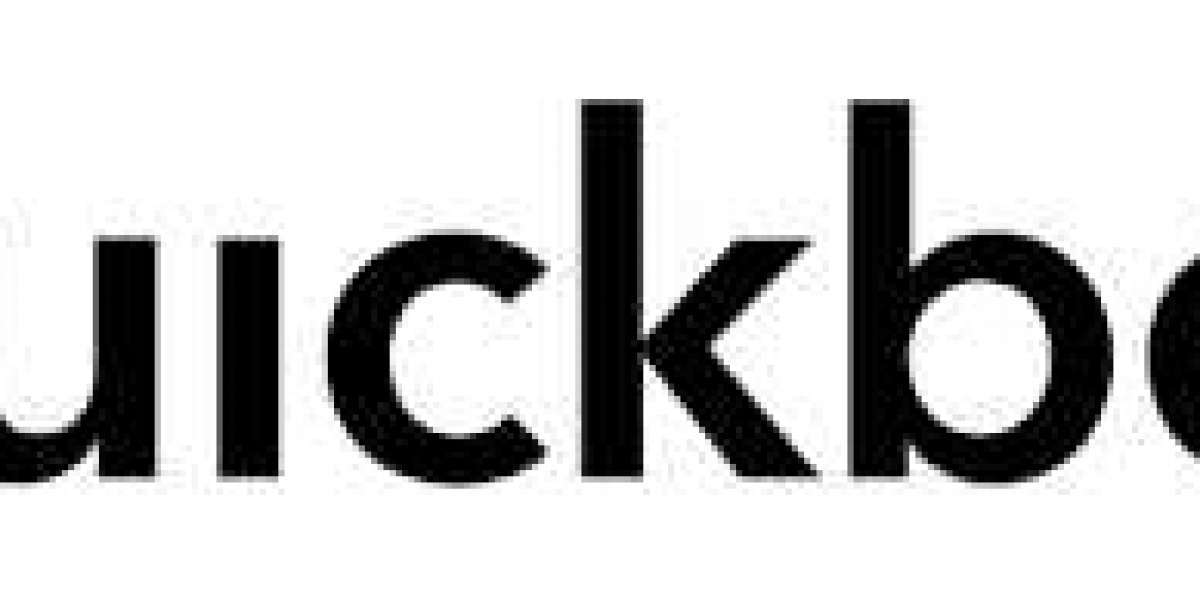US Allergic Rhinitis Market: Growth Driven by Prevalence and Innovative Treatments
Market Shows Steady Expansion Amidst Increasing Awareness and New Therapies
The US allergic rhinitis market is experiencing consistent growth, fueled by the rising prevalence of hay fever and year-round allergies affecting millions of Americans. Recent news and market analyses point towards increasing awareness, the availability of diverse treatment options, and the introduction of novel therapies as key drivers shaping the market.
Key Trends and Developments:
- Rising Prevalence: Allergic rhinitis remains a widespread condition in the US, impacting both adults and children. Factors such as climate change, increased pollution levels, and urbanization are contributing to a higher exposure to airborne allergens like pollen, dust mites, and pet dander, consequently driving market growth for treatment options. Estimates suggest that tens of millions in the US suffer from seasonal and perennial allergic rhinitis.
- Dominance of Traditional Therapies: Antihistamines (both over-the-counter and prescription) and intranasal corticosteroids continue to hold a significant share of the US allergic rhinitis treatment market. Their accessibility and established efficacy for managing mild to moderate symptoms make them a preferred first-line therapy for many patients. The availability of various formulations, including oral tablets, nasal sprays, and eye drops, further contributes to their widespread use.
- Growing Role of Combination Therapies: Combination nasal sprays containing both an antihistamine and a corticosteroid are gaining popularity. These therapies offer a convenient way to address multiple symptoms simultaneously, including nasal congestion, sneezing, and itching. The FDA approval and market availability of products like RYALTRIS (olopatadine hydrochloride and mometasone furoate) reflect this trend.
- Increased Adoption of Immunotherapy: Allergen immunotherapy, including subcutaneous immunotherapy (SCIT) and sublingual immunotherapy (SLIT), is increasingly being recognized for its potential to provide long-term relief by desensitizing patients to specific allergens. While it requires a longer commitment, its ability to modify the underlying allergic response is driving its growth within the US market.
- Emergence of Biologic Therapies for Severe Cases: For patients with severe allergic rhinitis that is difficult to control with conventional treatments, biologic therapies are emerging as potential options. While primarily used for associated conditions like asthma, some biologics that target key inflammatory pathways are being explored for their role in managing severe allergic rhinitis.
- Focus on Pediatric Allergic Rhinitis: The high prevalence of allergic rhinitis in children is a significant market driver. There is a growing awareness among parents and healthcare providers regarding the importance of timely and effective treatment in this population, leading to increased demand for age-appropriate medications and formulations.
- Accessibility and Self-Medication: The easy availability of many antihistamines over the counter encourages self-medication for milder cases of allergic rhinitis. This accessibility contributes significantly to the overall market volume.
- Digital Health Integration: Telemedicine and digital health platforms are playing an increasing role in managing allergic rhinitis. Remote consultations, prescription refills, and access to online information are improving patient convenience and potentially driving greater adherence to treatment plans.
Challenges and Opportunities:
- Generic Competition: The expiration of patents for several branded allergic rhinitis medications has led to increased competition from generic alternatives, which can impact the market value but improve affordability for patients.
- Preference for Alternative Therapies: A growing interest in natural and complementary therapies for allergy relief presents a potential challenge to the traditional pharmaceutical market.
- Need for Improved Diagnosis: While awareness is increasing, there is still a need for more accurate and timely diagnosis of allergic rhinitis to ensure patients receive appropriate treatment.
Market Outlook:
Market analysts predict a steady growth trajectory for the US allergic rhinitis market in the coming years. This growth will likely be driven by the persistent high prevalence of the condition, ongoing research and development of novel therapies (including biologics and more convenient combination products), and increasing patient awareness coupled with improved access to treatment options. The focus on both effective symptom management and long-term disease modification through immunotherapy will continue to shape the market landscape.
In Conclusion:
The US allergic rhinitis market is a dynamic sector characterized by a high patient population and a continuous evolution of treatment strategies. While traditional therapies remain dominant, innovative approaches like combination medications, biologics for severe cases, and the growing adoption of immunotherapy are contributing to market expansion and improved management of this common condition. Efforts to enhance accessibility and address the economic burden of allergic rhinitis will be crucial in shaping the future of this market.








